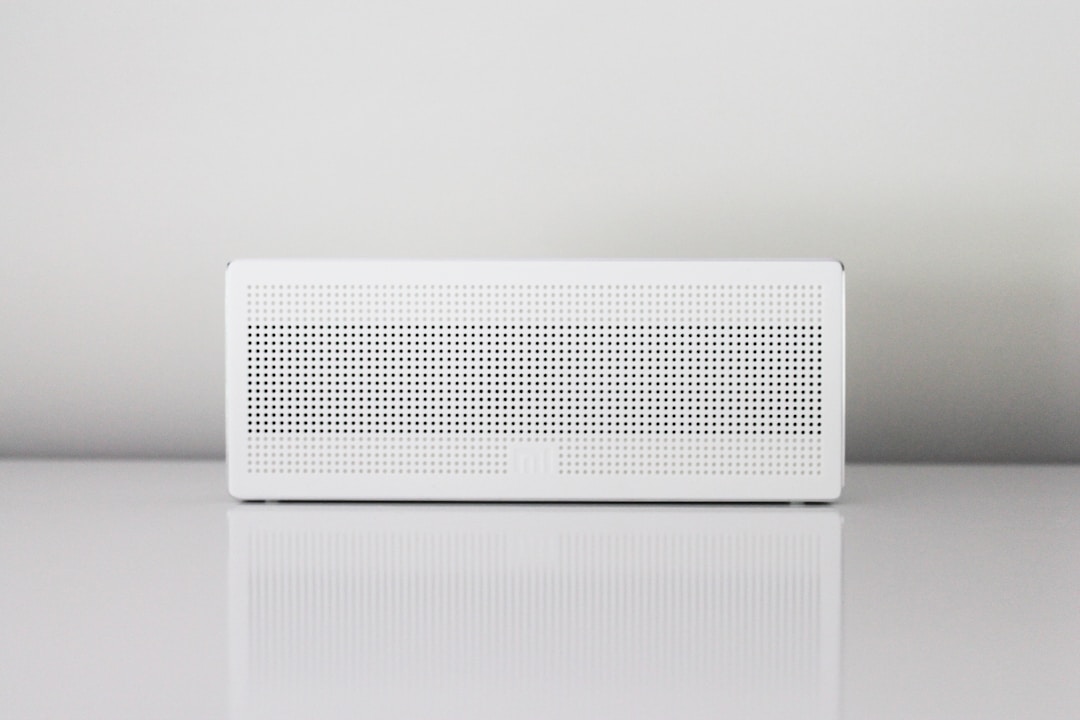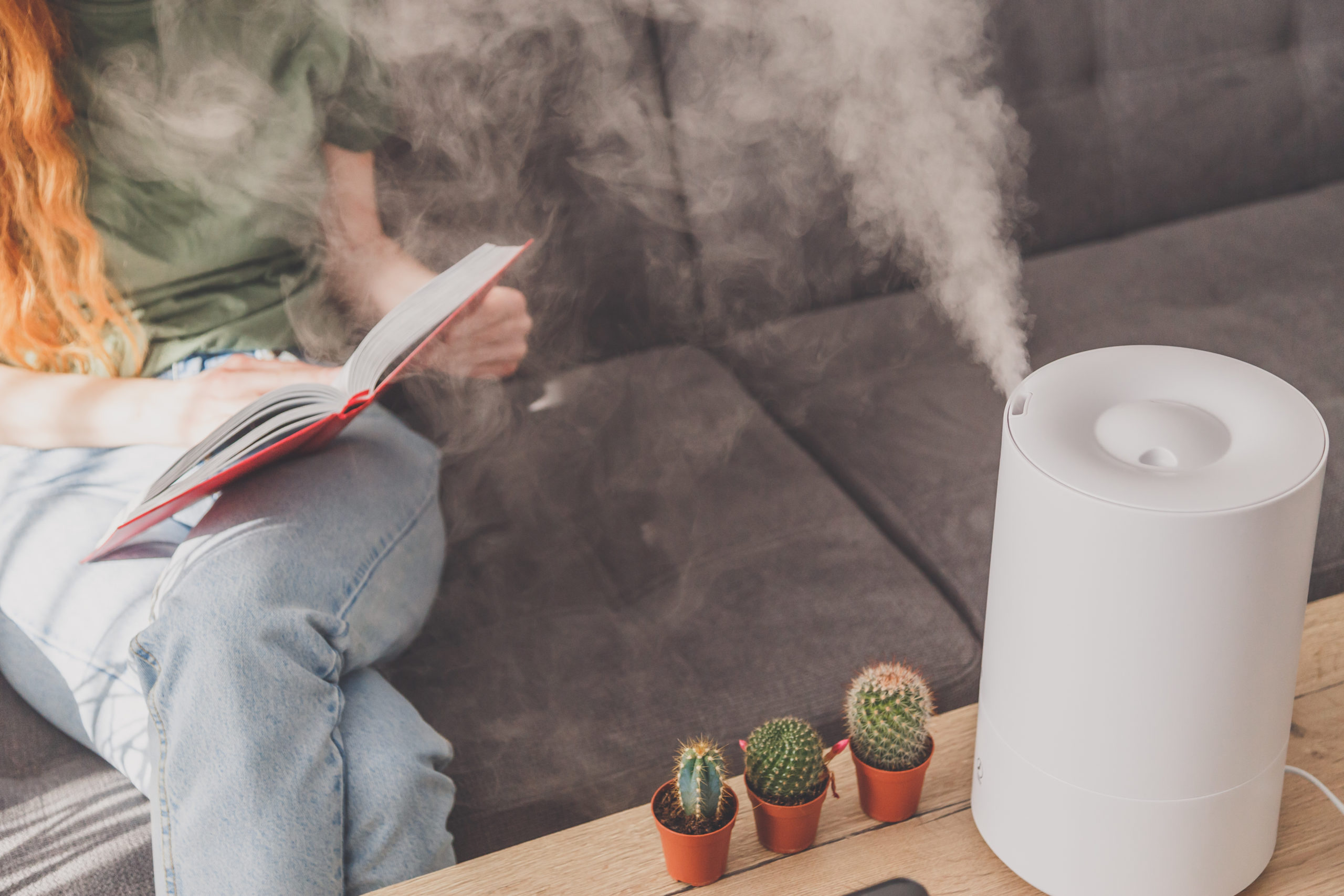Moisture in the air is measured by relative humidity (RH), which shows how much water vapor is in the air compared to how hot or cool the weather is. According to the U.S. Environmental Protection Agency (EPA), your RH level should be between 30 and 50 percent. Anything above the range leads to excess moisture and bacterial growth. What’s more, low humidity may also lead to symptoms like dry skin, dry throat, and cracks in your furniture.
Depending on your case, you may need a humidifier or dehumidifier to manage your indoor humidity needs. This guide differentiates between humidifiers and dehumidifiers based on their functions and best use case scenarios.
What is a humidifier?

What’s the difference between humidifier and dehumidifier? What does each do? Can you use one in place for the other? These are some of the questions many homeowners have regarding maintaining the ideal humidity level in their homes. For starters, humidifiers add extra moisture to drier air, and they’re especially useful during winter.
There are two different types of humidifiers: warm mist and cool mist. A cool-mist humidifier has similar functions to a warm-mist humidifier or steam vaporizer. Choosing between these two humidifier options mainly boils down to a homeowner’s personal preference. But there may be a slight difference in the humidifying mechanism used by the common types of humidifiers on the market. Cool-mist humidifier options like the ultrasonic humidifier produce tiny water droplets into the air by immersing a disc in water, spinning at high speeds.
Other cool-mist models like the evaporative humidifier blow cool air through a wet object (either a belt or filter), adding some amount of moisture to your indoor air in times of low humidity levels. On the other hand, warm-mist humidifiers use a power source to process hot water into steam, and they let out the cooled-down steam, which helps with easy breathing.
People with allergies or asthma can use inhalants or essential oils with their steam vaporizers to avoid discomfort in breathing.
Humidifiers, irrespective of their types, afford homeowners several benefits and can save you from airway infections and other health problems like sore throat, nosebleeds, bronchitis, sinus inflammation, and more.
What is a dehumidifier?
Dehumidifiers are the opposite of humidifiers. They rid your home of excess moisture, keeping your indoor air dry. Dehumidifiers can best suit places with high humidity and temperature levels, especially in the summer months, and there are four main types of dehumidifiers on the market today. They include refrigerative, electronic, ionic, and desiccant humidifier options.
Regardless of the type, dehumidifiers collect warm air through a fan. The fan sucks the air into metal coils producing cool air to reduce the room’s temperature. As the warm air shrinks, water droplets fall out, allowing condensation to take place. A tank outside the dehumidifier stores the cold air, blowing it back into your indoor environment with the aid of a fan-powered tube. Dehumidifiers can help remove dust mites and spores, which increases susceptibility to respiratory-related diseases. Dehumidifiers can also curtail the growth of mold and mildew in your home.
What are the differences between the two?

Here are some distinct elements you can use to differentiate between humidifiers and dehumidifiers.
- Season: Humidifiers are best suited for the winter season, while home dehumidifiers work best for the warmer summer months.
- Function: A humidifier adds moisture to your bedroom or indoor space, usually when it’s below 30 percent. A dehumidifier draws moisture from a humid area, usually beyond 50 percent.
- Effects: Humidifiers keep skin from drying out. Dehumidifiers prevent the growth of mildew and mold. Humidifiers and dehumidifiers have distinctive uses depending on how high or low your indoor air RH is.
Many homeowners use RH levels as the ultimate deciding factor in choosing between humidifiers and dehumidifiers. But having both can be the best way to ensure indoor air quality.

